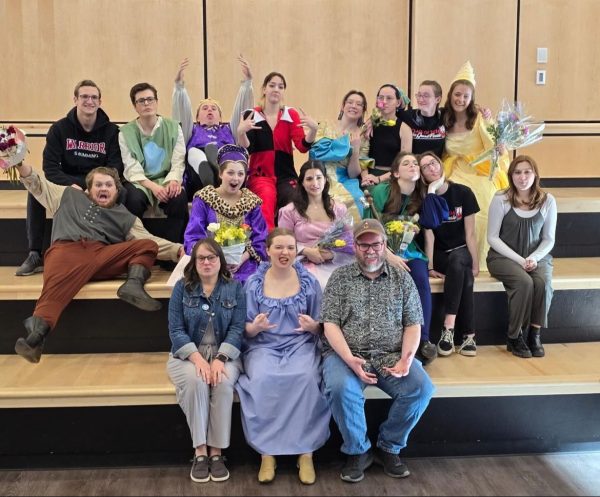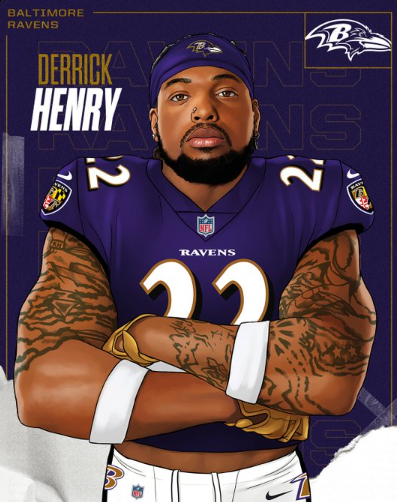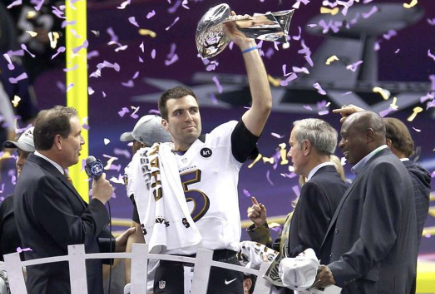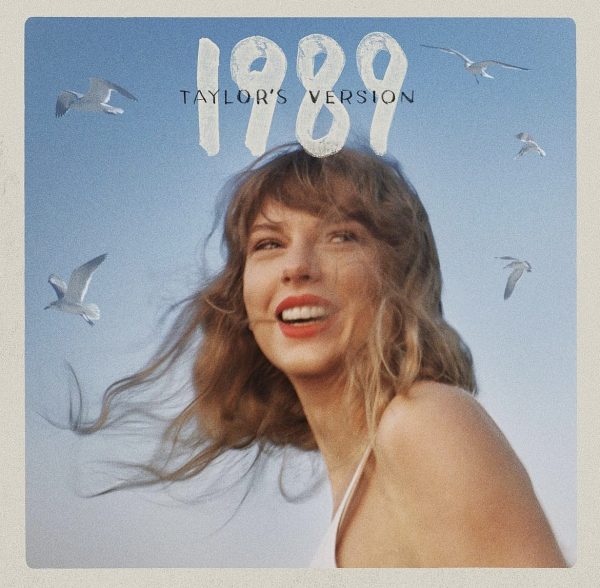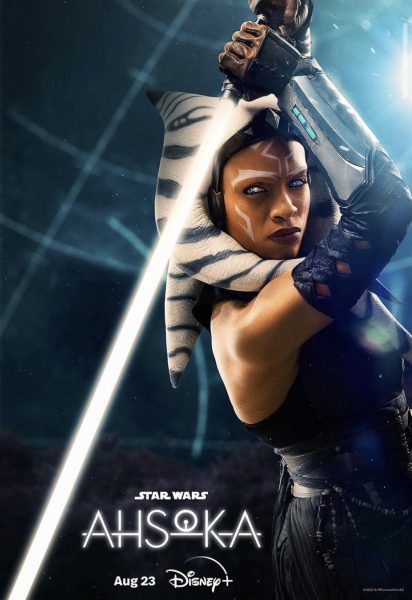“Cursed Child” Controversy: Representation in Media
January 12, 2016
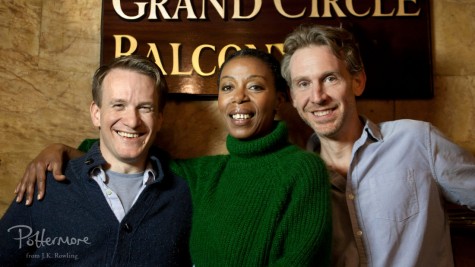
(From left) Jamie Parker, Noma Dumezweni, and Paul Thornley have been cast as Harry Potter, Hermione Granger, and Ron Weasley, respectively, in the franchise’s new play.
Few fan bases worldwide hold a candle to the enormity and fervor than that of the beloved Harry Potter series – the seven books and eight movies have captured the minds and hearts of children and adults alike for nearly twenty years, but their ability to stir up controversy is still as potent as a long-brewed vial of Amortentia.
With the upcoming advent of a new play overseen by J.K. Rowling entitled Harry Potter and the Cursed Child, fans have come out of the woodwork to voice their extremely varied opinions concerning the representation of their most esteemed and cherished characters in this new form.
A major cause of the debate? Actress Noma Dumezweni’s casting as Hermione Granger, the franchise’s female lead most commonly associated with fellow Brit Emma Watson.
The issue at hand? Dumezweni is of African descent.
Some fans have rallied around this decision, championing the casting directors for taking a leap and listening to their pleas – a strong group has used sites such as Twitter and Tumblr to connect with fans and higher-ups alike in favor of pursuing a more diverse wizarding world – while others have expressed their dismay at what seems to be an unfaithful, wavering interpretation of a character that they know, love, and relate to.
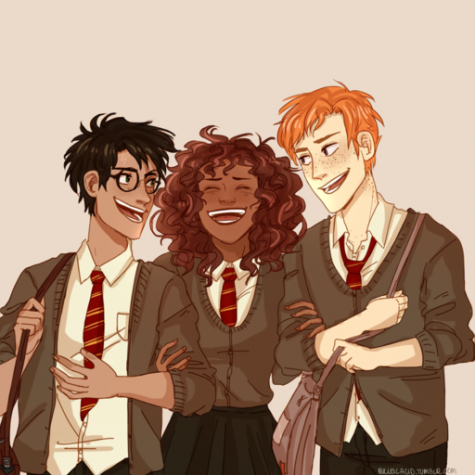
Fans around the world have been speaking out on behalf of diversity in the series – some have even made art pieces showcasing their version of the beloved characters.
Let’s examine both sides of the issue, starting with the obvious –
Hermione is never stated as having dark skin in the original source material.
This one can go both ways – Hermione’s skin tone is never explicitly discussed in the books, so some question the reasoning behind her casting as a woman of color. Several fans have pointed to a line in Prisoner of Azkaban that describes a fearful and shocked Hermione as having a “white face” as confirmation that Rowling never intended for Hermione to be interpreted as black, while others have fired back a sentence from the same novel illustrating her as “very brown.” The point still stands – Hermione’s skin tone is never explicitly discussed in the books. Why this should mean that Hermione is automatically white, especially in a series where every line spoken in all eight movies by a person of color takes only six minutes to watch, is a question that readers and professionals have been examining in more detail than ever in recent times, and it’s one that’s sure to make you think.
Hermione is portrayed by Emma Watson in the movies, which J.K. Rowling herself was famously involved in.
Though it might seem obvious to state that authors don’t cast the movie adaptations of their books, this is still a valid point – most people probably originally imagined Hermione as white, largely in part due to her portrayal by Emma Watson in the heralded movie franchise. If Hermione has been seen as white in popular culture for over a decade now, why should she suddenly “change race,” as it were, in response to a small amount of people who saw her differently?
Besides pointing out the fact that the play is an entirely different adaptation and story, there are a number of counter-arguments to this; one of the most powerful being the sudden race change of Lavender Brown, who, as soon as she was given a speaking role in the movies and became the love interest of Ron Weasley, was recast from a black actress to a white one. This, combined with the fact that Emma Watson reportedly “can’t wait” for Dumezweni to tackle the role, should be enough of a reason for many people to second-guess their rigidity in this case.
J.K. Rowling probably originally intended for Hermione to be white.
This one holds water too – an old drawing of Rowling’s was recently unearthed that clearly shows Hermione as having light skin, and in the past Rowling never showed an inkling of meaning for the character to appear as anything but exactly that. Hermione is undeniably a champion of the minority no matter what you imagine her to look like, a desire fed by the nearly constant bullying she endures due to her “Muggle-born” status. The books and movies even include magical slurs such as “mudblood” that are thrown at Hermione throughout her time at school, and the character is eventually forced to go into hiding due to persecution for something that she was simply born as. Though it’s perfectly plausible to imagine all of this occurring to a white Hermione, the argument that the character’s experiences are even more compelling if seen through the lense of a woman of color is a common one.
Also, J.K. Rowling recently tweeted this, making the message rather clear – whatever the author’s original intent was, she undoubtedly supports the casting decision and diverse interpretations of her characters, making it a bit hard to understand why some of her loyal readers do not.
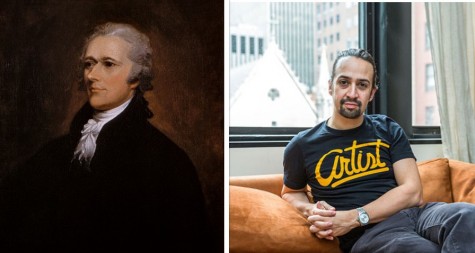
The original Alexander Hamilton, left, and his actor Lin Manuel-Miranda exemplify the new perspective that much of modern media is taking on.
However, if we as people (and as fans) can take just one step back and properly evaluate all sides of the story, maybe, just maybe, we can understand the world a bit better – and accept a fresh perspective on a character who spent thousands of pages and hours of screen time fighting for the very same thing.





